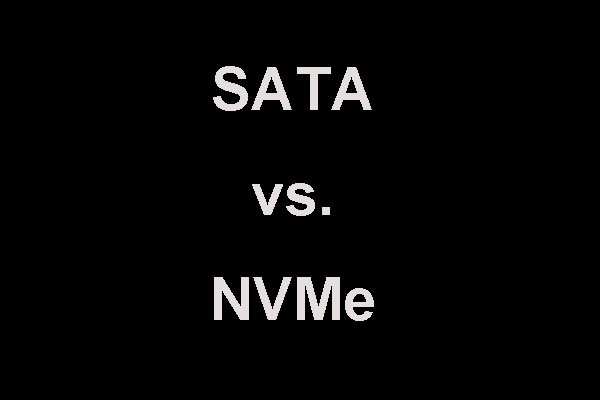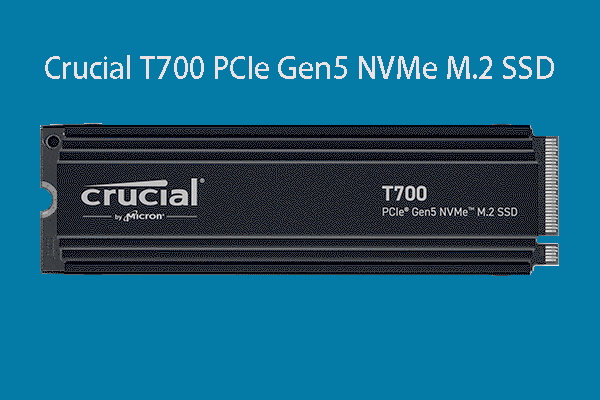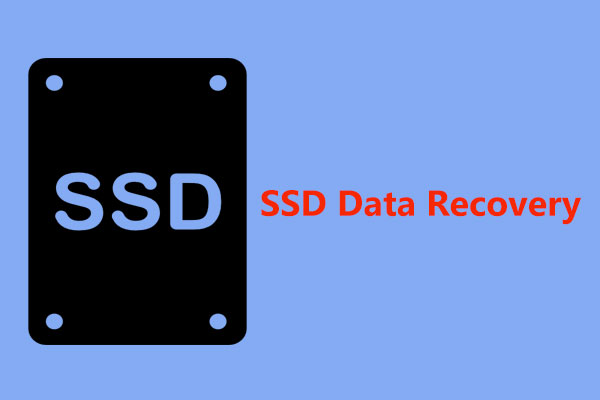Both SATA and SAS interfaces are two commonly used interfaces for SSD. But, which one is more popular? Through SATA vs. SAS, you will some basic information about these two interfaces and you can also know which one is your best choice.
An irreversible fact is the solid-state drives (SSD) continue replacing the traditional hard disk drive in servers at a steady rate. At present, in terms of SSD, the enterprise IT managers require higher performance, larger capacities, increased reliability, and more advanced storage technologies, so that they can address the abundance of data conveniently.
To choose the right SSD for different server workloads, the IT managers should know the pros and cons of the common SSD interface. At present, SATA SSDs are popular because of their cost-effectiveness. However, their attach rate is going to decline since the application requirements have surpassed the performance capabilities.
SATA, SAS and NVMe™ are three commonly used interfaces that are used to connect SSDs to servers. The first two interfaces are using the ATA and SCSI command sets respectively. As the hard drive interfaces, the two technologies are mature.
NVMe is a new emerged command set which operates over a PCIe® bus. It is specially designed for flash-based SSDs and the next-generation volatile memory. This interface has a streamlined interface and much higher performance.
SATA VS. SAS! Who Will Win?
The Current Situation of SATA SSD
Many industry insiders think the SATA interface has reached the performance limit. The biggest reason is that there are no future developments planned on its roadmap. The performance of SATA SSD is plateaued, but it may be a bottleneck to servers that prevents CPU from processing the required operations timely.
The server’s compute capabilities’ underutilization will influence the number of users that can be serviced simultaneously and cause bad user experiences.
A New Class of SSD: Value SAS SSD
At present, a category of SSD is called value SAS (vSAS) SSD. It can easily replace the enterprise SATA SSD. The vSAS SSD features a sweet spot between enterprise SATA SSD and enterprise SAS SSD. It offers users with faster performance, larger capacities, and higher reliability, manageability & data security.
On the other hand, the price of the vSAS SSD can compete favorably with SATA SSD. Now, the value SAS SSD is available on leading server platforms from the top server vendors all over the world.
Value SAS VS. SATA
Compared with enterprise SATA SSD, value SAS SSD has vast bandwidth and throughput improvements. When transferring data, SATA is only using half-duplex and uses just one lane/one direction at a time. But, SAS is full-duplex. That means vSAS SSDs have much faster data transfer speed.
SATA was previously located as a lower-cost interface featuring for consumer-grade hard drives. While SAS was designed for better infrastructure and drive management capabilities. It has more robust enterprise deployments along with large topologies.
Besides, SAS has more features than SATA. For example, it has multiple levels of data security and encryption. It supports error recovery and error reporting.
The capacity of value SAS SSD is also large that is twice than most available enterprise SATA SSDs today.
SATA SSD or SAS SSD, or Both?
When deploying SATA SSDs within a server, the I/O commands must traverse through a software stack. The software stack can’t make full use the performance of the flash memory because the instruction set was originally designed for inexpensive and low-end hard drives.
Due to this, the servers with powerful and multicore processors and an abundance of DRAM may wait for operations or transactions to complete, leading to compute resources underutilization.
But, value SAS uses ‘native’ SAS from end-to-end. Thus, it doesn’t need any protocol translation so as to improve the performance of SSD. SAS SSD can be directly plugged into the same sockets that SATA SSDs are using today and the connectivity is enabled via hardware RAID.
Currently, the majority of server shipments contain either a SAS HBA or RAID card. Then, both SATA SSD and SAS SSD can be used in the same drive bay. So, it is very easy to replace a SATA SSD with a SAS SSD.
Bottom Line
The result shows that SAS SSDs have advanced performance and appropriate price. More and more IT managers prefer to use them to deal with their center data.


